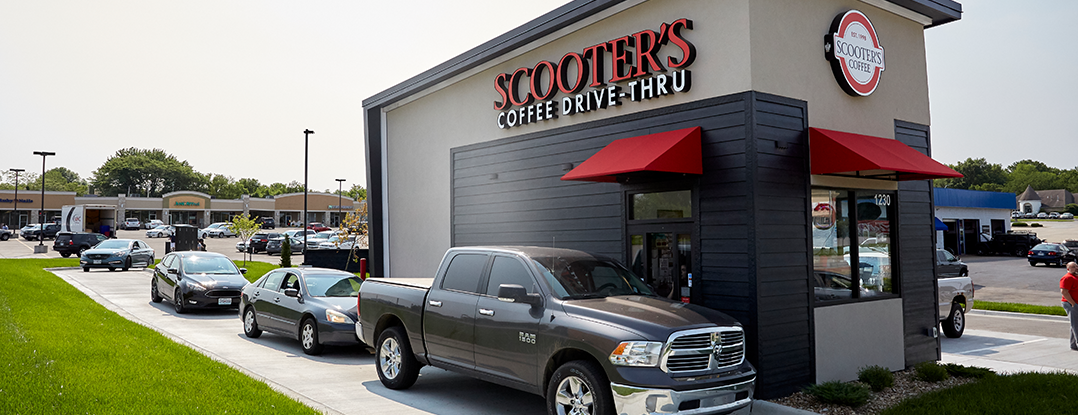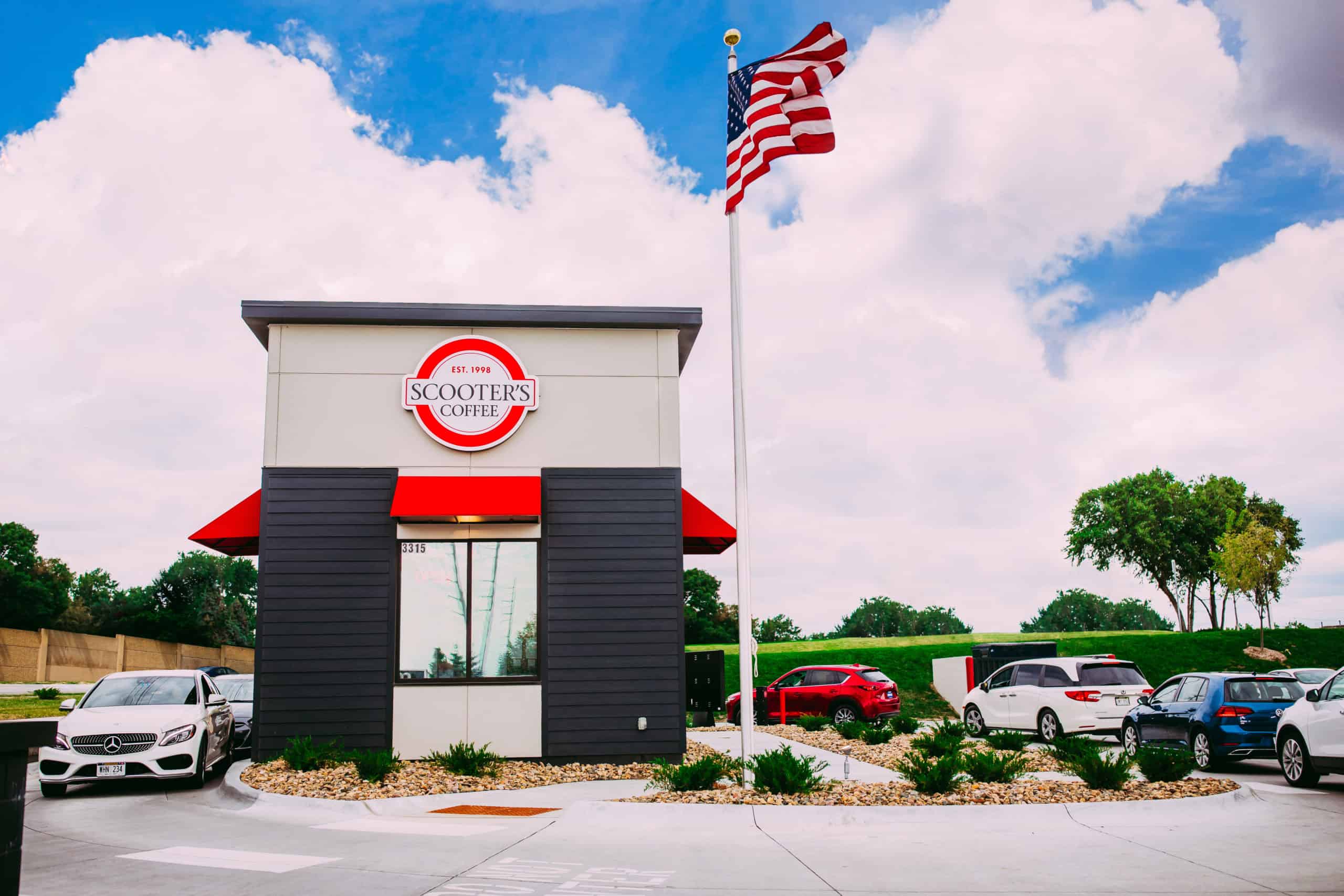

Calculating and tracking food cost is the first step in controlling coffee shop expenses. Here’s how to calculate raw material cost.
Running a successful coffee shop is no easy feat.
Starting a coffee shop — or any sort of business, for that matter — requires extensive resources, time, and effort. Creating a detailed business plan is the key to making sure all that energy is put to good use!
Part of getting your coffee shop up and running will be finding the right budget, and in addition to costs like rent, labor, and coffee shop supplies, you will have to consider what coffee shop raw materials cost as well.
Though it may seem as simple as finding an affordable supplier for your coffee beans, raw materials include a wide variety of ingredients that can be difficult to budget at the start. So let’s dissect the ways you can calculate the cost of raw materials.
Make Your Menu
There are so many factors that go into creating a menu, including the profit margins of each item you decide to offer. But it works both ways.
Determining which items make up your menu when building your coffee shop will help you calculate the cost of your raw materials, and depending on whether those costs allow for a healthy profit margin, they may dictate which items remain on the menu.
Every coffee shop will have a few essential offerings, but there may be differences in the type of coffee you serve or whether baked goods are being offered. From there, you’ll know which ingredients and raw materials you need, and how much they cost.
Which Materials Are Most Important?
Depending on the make-up of your menu, there will be decisions on which raw materials are most important and which can be a lower priority.
Some raw materials from your main offerings, like your coffee or tea, will likely require high-quality ingredients. Of course, you will have to consider your provider and delivery costs to find the best value possible. A good example of this is how quality the coffee beans are for Scooter’s Coffee®. They focus on quality and take no shortcuts. Scooter’s Coffee actually sources the 10% of quality coffee beans!
However, there may be other ingredients where you can keep costs low without it affecting the overall quality of your end product. Can you find bargains in ingredients such as milk, cream, or sugar without compromising the taste? Are there flavoring options that make more financial sense?
Every business owner wants to produce the highest possible quality, and coffee shops are no different. But profit margins are important to grow your business into a success, so striking the right balance between limiting raw materials cost and maintaining quality drinks and food is one of the most important hurdles to overcome.
Reducing Waste
Speaking of profit margins, waste is one of the biggest killers!
Coffee shop raw materials cost a substantial amount, even when used correctly. Any unnecessary or hidden costs on top of that, such as unused ingredients or overused ingredients, can truly cut into your business’s long-term profits.
Calculating waste can be a pretty simple process but does require attention to detail.
First, consider how much of a certain product you typically sell and determine how much of each ingredient you should be using over a certain amount of time to make that product.
Then every so often, go back and look at your books. Ask yourself: how close are you to that goal? Are you running out too quickly of certain raw materials? Are you ordering too much and tossing unused ingredients in the trash?
From there, you address any issues.
You should also determine which ingredients stay fresher for longer. What are delivery costs associated with your raw materials? Those notes could help you answer some dilemmas that are bound to pop up sooner or later.
Tracking how much waste you generally have can help you save costs over the long run.
Consistent Tracking
Whether tracking waste or tracking profit margins in general, the key to a successful business is the constant evaluation of what is working and what is not.
Despite the extensive research you’ve likely done in preparation for opening your own coffee shop, there is bound to be some trial and error at the beginning. It is essential to form a habit of tracking every detail of your business, from which times you need the most staffing to whether your drip coffee or espresso drinks have higher demand. The same goes for understanding the cost of raw materials.
Dedication to preparation and planning should only be matched by your commitment to consistently improving your products and your business model. If done correctly, your coffee shop could be well on its way to success!